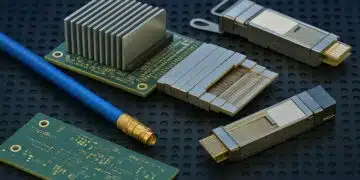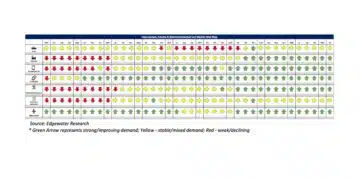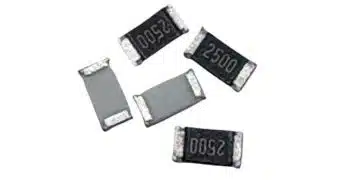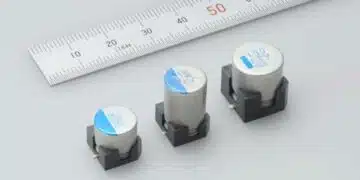VPG Foil Resistors releases demo comparing the Electrostatic Discharge (ESD) performance of Alpha Electronics’ Bulk Metal® Foil RWB resistor and a thin film equivalent resistor.
Sensitive electronic devices can not afford to be damaged due to electronic shorts. Electrostatic Discharge (ESD) can cause harmful effects on integrated circuits. ESD damage, be it parametric failures, catastrophic or latent damage, can occur at any stage of a component’s life.
ESD sensitivity is a function of size, value, physical construction and thickness of the resistive layer. With the growing trend of miniaturization, electronic devices, including resistors, are becoming smaller and smaller and causing them to be more prone to ESD damage.
Different resistor technologies exhibit various levels of sensitivity to ESD damage. Bulk Metal® Foil resistors can handle an order of magnitude more ESD energy than thin film chips without experiencing a change in their resistance. The superiority of Bulk Metal® Foil precision resistors over Thin Film, when subjected to ESD, is attributed mainly to their greater thickness (Foil is 100 times thicker than Thin Film), and therefore the heat capacity of the resistive foil layer is much higher compared to the Thin Film layer.
Tests performed have indicated that Bulk Metal® Foil chip resistors can withstand ESD events above 25,000 V, while Thin Film chip resistors have been seen to undergo catastrophic failures at electric potentials as low as 3000 V (parametric failures at even less). In this video, you can see the effects of an ESD pulse on a Thin Film resistor compared to Alpha Electronics’ RWB Bulk Metal® Foil resistor. The latter shows inherent robustness and unquestioned reliability and can handle the ESD without hindering performance.































